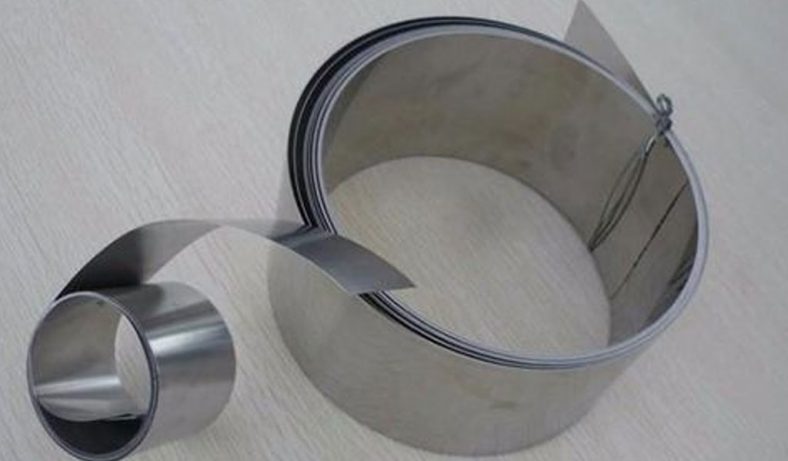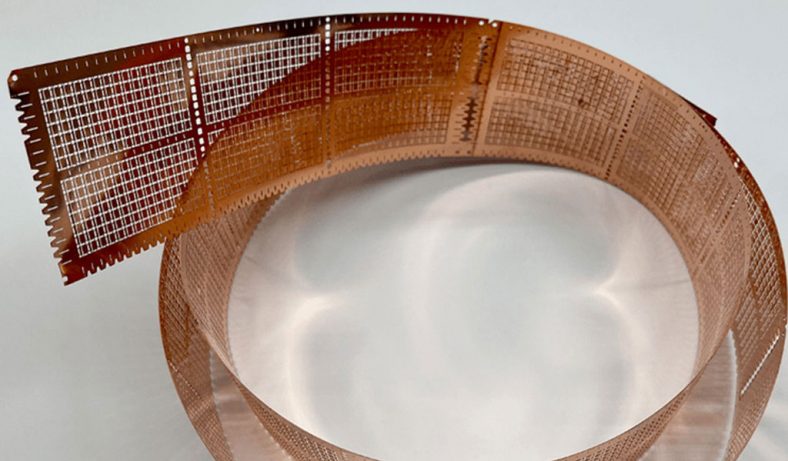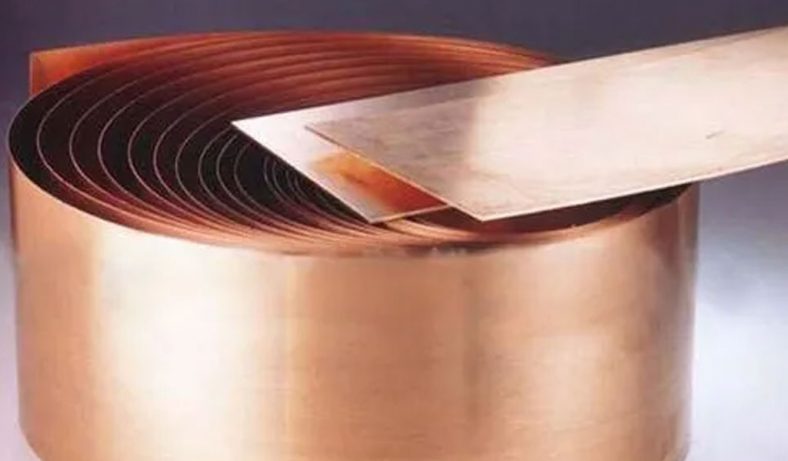Metal etching plays a pivotal role in advancing the new energy sector by enabling the production of precise, high-performance components essential for technologies like solar power, wind energy, electric vehicles (EVs), and energy storage systems. This article delves into the top 20 metal-etched parts utilized in new energy applications, exploring their design, functionality, and contribution to sustainability.
1. Fuel Cell Bipolar Plates
Bipolar plates are critical components in hydrogen fuel cells, serving as conduits for gases and channels for cooling. Metal etching allows for the precise creation of intricate flow field patterns on these plates, typically made from stainless steel or titanium. The uniformity achieved through etching ensures efficient gas distribution and minimizes resistive losses, enhancing the overall performance of the fuel cell.
2. Battery Current Collectors
Lithium-ion batteries, prevalent in EVs and energy storage systems, rely on current collectors to transfer electrical energy. These collectors, often made of copper or aluminum, are etched to create micro-perforations that improve adhesion with electrode materials. This process enhances electrical conductivity and optimizes the battery’s charge-discharge efficiency.
3. Solar Cell Contact Grids
In photovoltaic cells, contact grids are etched onto conductive layers to enable efficient electron collection while minimizing light obstruction. Precision etching ensures high-resolution patterns that maximize energy conversion efficiency. Metals such as silver and aluminum are commonly used for these grids.
4. Heat Exchanger Plates
Metal etching is employed to fabricate heat exchanger plates used in thermal management systems for renewable energy technologies. These plates, often made from stainless steel or nickel alloys, feature complex channels etched with high accuracy to optimize fluid flow and thermal exchange.
5. Microchannel Reactors
Microchannel reactors are integral to producing biofuels and hydrogen. The etching process enables the creation of micro-scale channels that facilitate efficient chemical reactions. These reactors typically involve etched metal components made of stainless steel or Hastelloy®, ensuring durability under high temperatures and corrosive conditions.
6. Electric Vehicle (EV) Busbars
Busbars are essential for power distribution in EVs. Etching enables the precise shaping and perforation of copper or aluminum busbars, optimizing their electrical conductivity and heat dissipation. This process reduces weight and enhances the compact design of EV power systems.
7. Thin-Film Solar Modules
Etched metal layers in thin-film solar modules act as both electrodes and reflective surfaces. The etching process ensures uniformity and precision, which are critical for achieving high conversion efficiencies. Materials such as molybdenum and aluminum are often used in these applications.
8. Piezoelectric Sensors
Piezoelectric sensors, used in energy harvesting devices, benefit from etched metal diaphragms. These diaphragms, typically made from stainless steel or nickel, are designed with precise patterns to enhance their sensitivity and energy output.
9. Catalyst Support Structures
Catalyst structures used in chemical reactors for energy applications, such as hydrogen production, are fabricated through metal etching. The etched surfaces provide increased surface area for catalytic reactions, improving efficiency. Common materials include stainless steel and titanium.
10. Wind Turbine Sensor Components
Metal etching is used to produce components for sensors that monitor wind turbine performance. These include strain gauges and pressure sensors with etched metal elements, ensuring high sensitivity and durability in harsh environmental conditions.
11. Membrane Electrode Assemblies (MEAs)
MEAs in fuel cells are composed of etched metal layers that ensure uniform gas distribution and optimal proton exchange. The precision of the etching process directly impacts the efficiency and longevity of the fuel cell.
12. Thermal Interface Materials (TIMs)
TIMs for energy storage systems and EVs often include metal-etched components designed to improve heat transfer. These materials, made from copper or aluminum, are etched to create microstructures that enhance thermal conductivity.
13. Inductive Charging Coils
Inductive charging systems for EVs rely on etched metal coils made from copper or aluminum. The precision of the etching process ensures high efficiency in energy transfer and minimizes electromagnetic interference.
14. Thin-Film Batteries
Etched metal substrates are essential for thin-film batteries, used in wearable devices and small-scale energy systems. The etching process enables the creation of fine patterns that improve energy storage density and device performance.
15. Concentrated Solar Power (CSP) Reflectors
CSP systems use etched metal reflectors to concentrate sunlight onto a focal point for energy generation. The etching process enhances the reflectivity and durability of materials such as aluminum and silver.
16. Hydrogen Storage Tanks
Metal-etched components are integral to hydrogen storage tanks, where they serve as structural supports or diffusion barriers. Materials such as stainless steel and nickel alloys are commonly used, benefiting from the precision of the etching process to ensure safety and efficiency.
17. Energy Harvesting Antennas
Antennas for energy harvesting devices are fabricated using etched metal layers. These components, often made from copper or silver, require precise patterns to maximize energy capture from ambient sources such as radio waves or vibrations.
18. Capacitor Foils
Etched metal foils in capacitors enhance their energy storage capabilities. These foils, typically made from aluminum or tantalum, are processed to increase surface area, improving charge density and reliability in renewable energy systems.
19. Supercapacitor Electrodes
Supercapacitors, used for rapid energy storage and discharge, incorporate etched electrodes made from metals like nickel or aluminum. The etching process enhances surface area and conductivity, boosting performance.
20. Metal Hydride Storage Systems
Etched components in metal hydride systems facilitate hydrogen storage and release. These systems, essential for fuel cells and other hydrogen technologies, benefit from the precision of etching in optimizing reaction kinetics.
Conclusion
Metal etching is a transformative manufacturing process that supports the advancement of new energy technologies. By enabling the precise and efficient fabrication of key components, it enhances the performance, reliability, and sustainability of renewable energy systems. Each of these 20 metal-etched parts underscores the importance of this technology in driving innovation and achieving a greener future.































